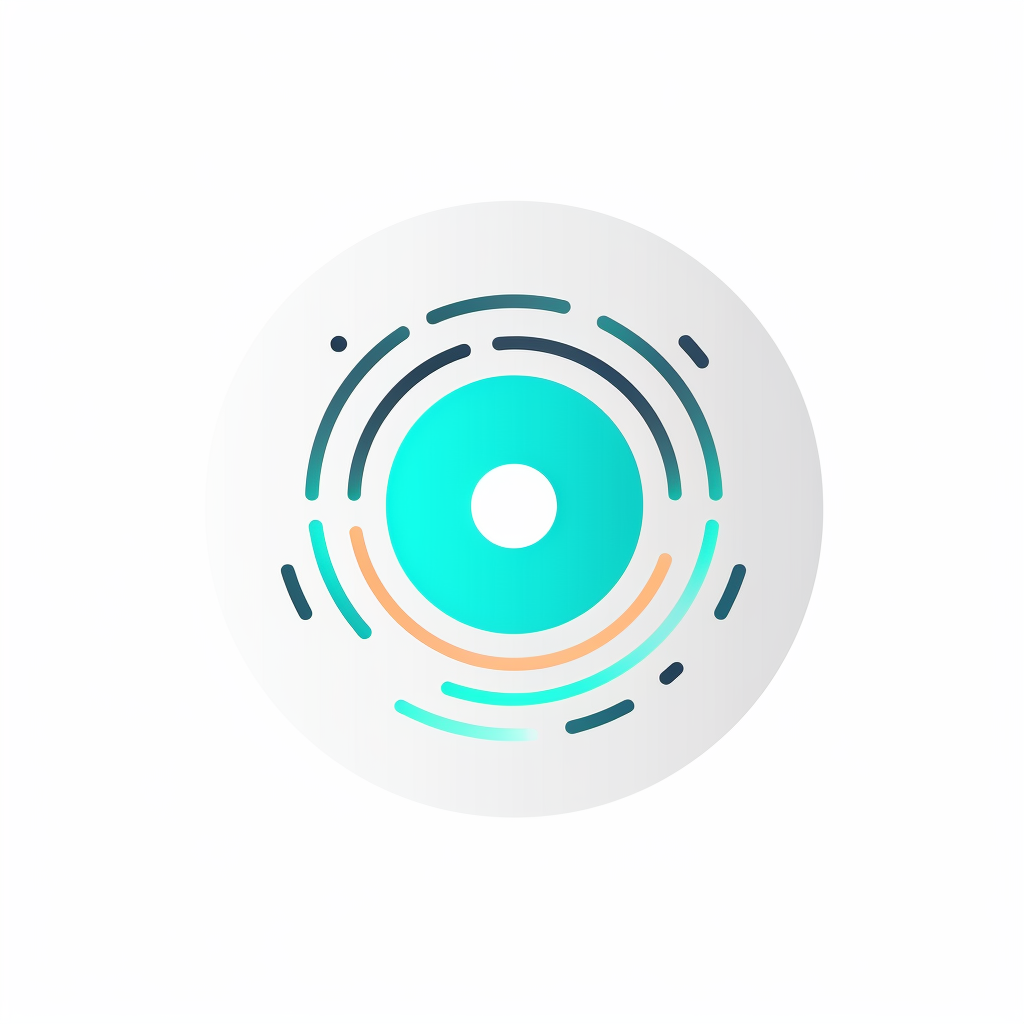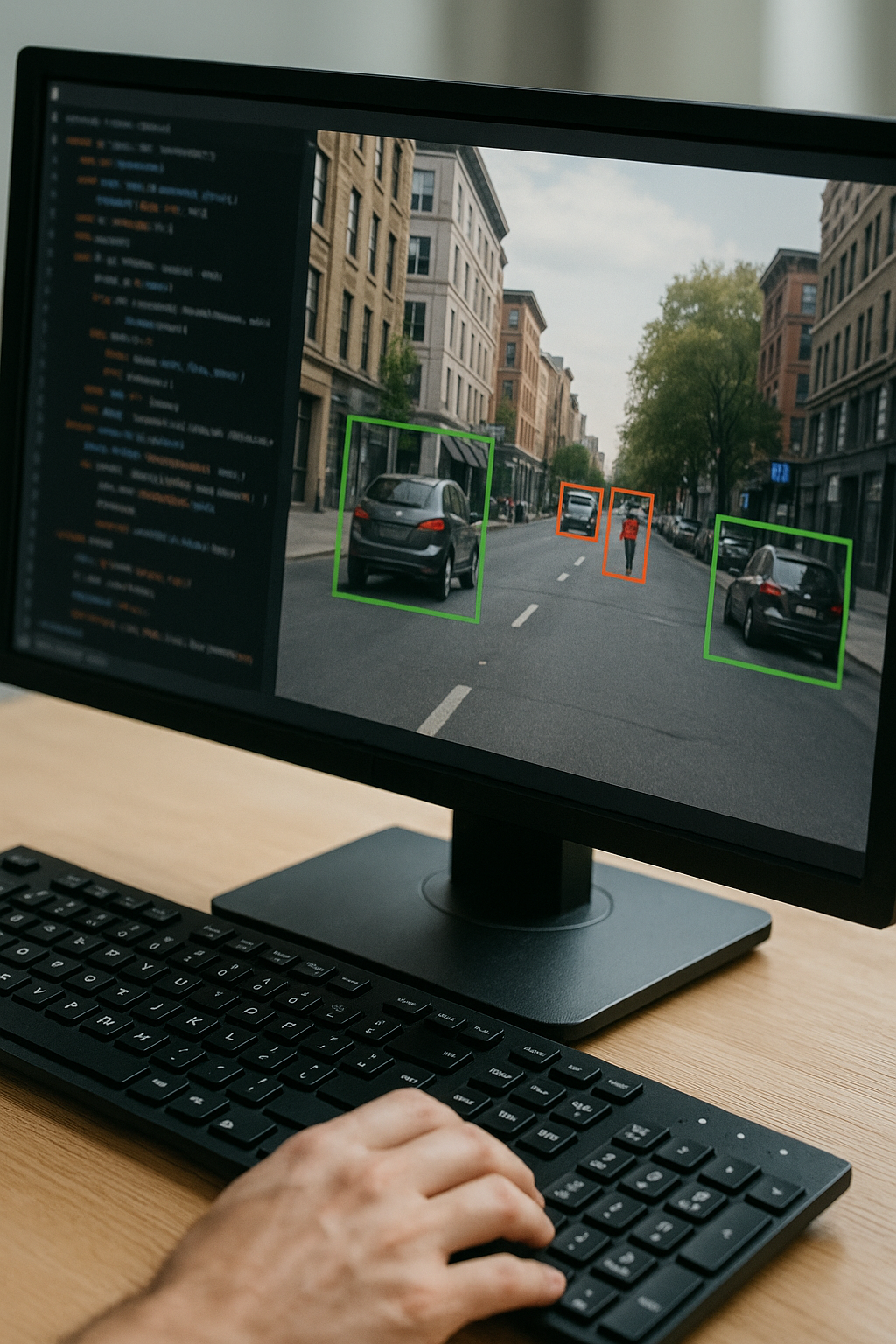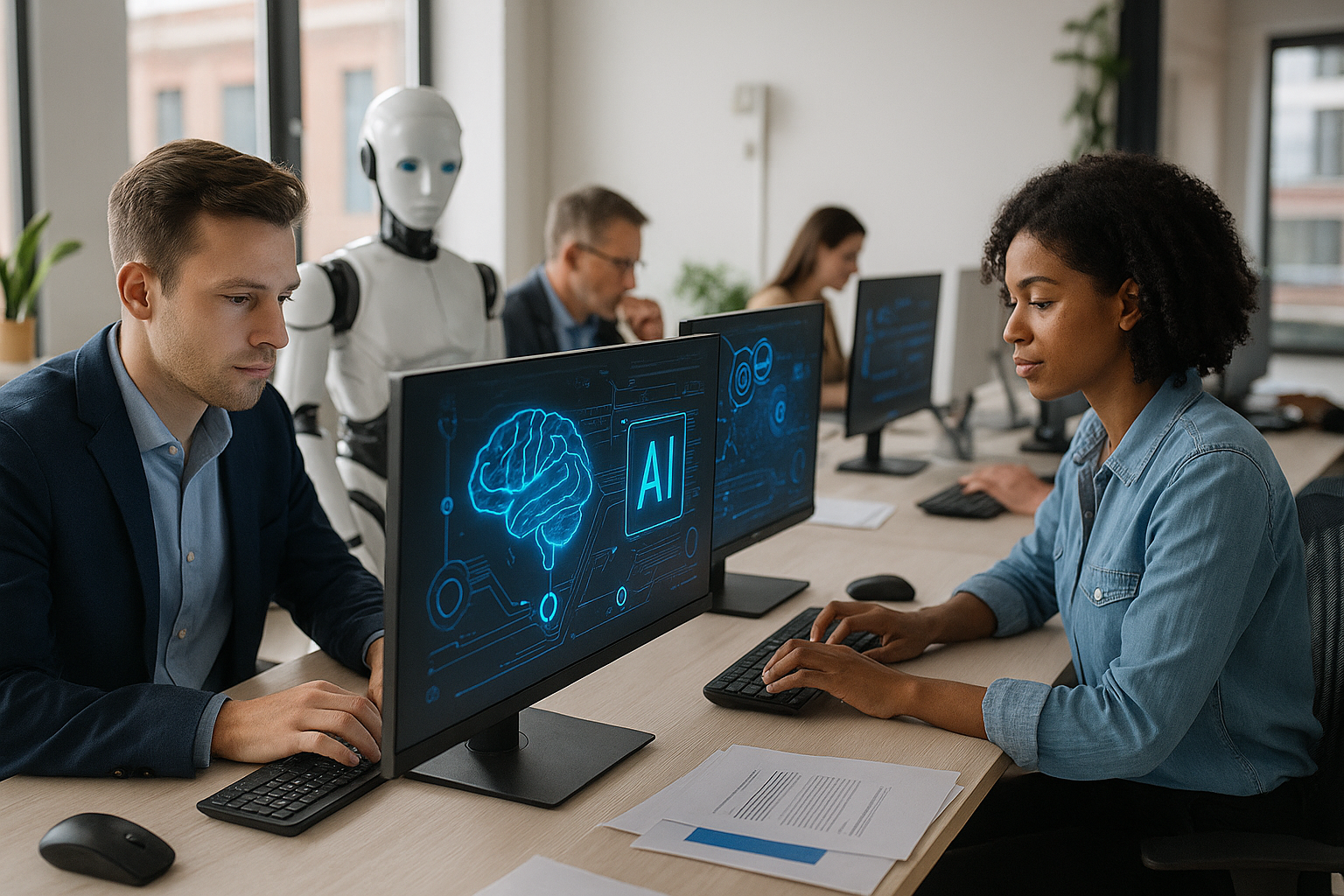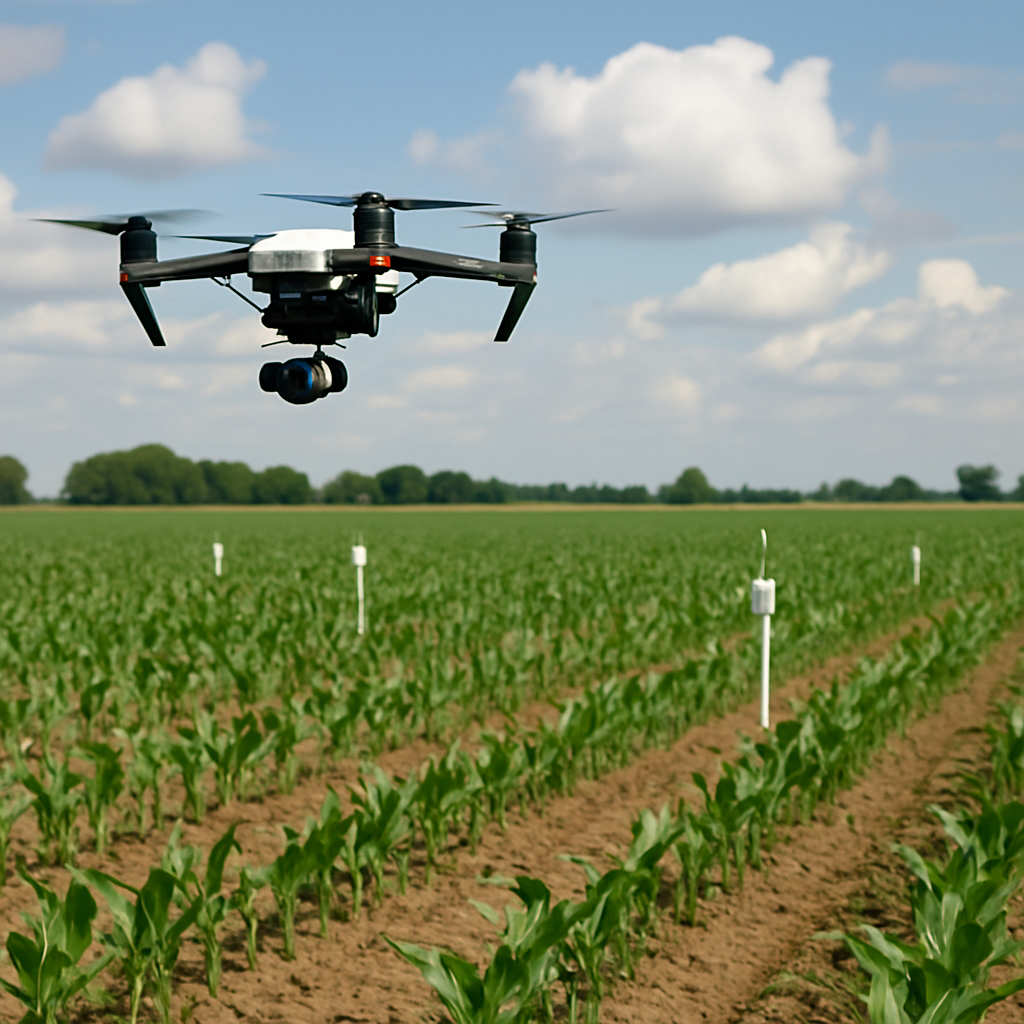AI in Art and Creativity
Revolutionizing Music, Writing, and Artistic Design
In the ever-evolving landscape of technology, artificial intelligence has emerged as a powerful force in the realm of creativity. From composing intricate musical pieces to crafting compelling narratives and designing stunning visual art, AI is reshaping how we approach artistic expression. This comprehensive exploration delves into the fascinating world of AI-driven creativity, examining its impact on music generation, creative writing, and artistic design.
Music Generation: Composing the Symphony of the Future
The fusion of AI and music has given birth to a new era of composition, where algorithms and neural networks work in harmony with human creativity.
Pros:
Instant Inspiration: AI can generate musical ideas in seconds, providing a starting point for composers facing creative blocks.
- Rapid Prototyping: Musicians can quickly experiment with different styles, arrangements, and instrumentations.
- Accessibility: Non-musicians can create professional-sounding tracks for various purposes, from podcast intros to video backgrounds.
- Educational Tool: AI music generators can help students understand music theory and composition techniques.
- Collaborative Potential: AI can serve as a virtual band member, filling in missing parts or suggesting harmonies.
Cons:
Loss of Human Touch: There's a risk of music becoming too formulaic or lacking emotional depth.
- Copyright Concerns: Questions arise about ownership and originality of AI-generated music.
- Potential Job Displacement: Some worry that AI could replace human composers in certain sectors.
- Overreliance: Musicians might become too dependent on AI, potentially stifling their own creative growth.
- Homogenization: If many creators use the same AI tools, there's a risk of musical styles becoming too similar.
Key Features:
- Style Emulation: AI can mimic the styles of famous composers or genres with remarkable accuracy.
- Instrument Synthesis: Generate realistic sounds for various instruments, even those that are rare or difficult to play.
- Adaptive Composition: Create music that dynamically changes based on input (e.g., for video games or interactive experiences).
- Collaborative Filtering: Suggest musical elements based on user preferences and past compositions.
- Audio Mastering: Automatically balance and enhance the final mix of a track.
Example: Imagine you're scoring a documentary about the Renaissance. With AI music generation, you could create a suite of period-appropriate pieces in various moods—from jubilant to somber—each tailored to specific scenes. The AI could suggest authentic instrument combinations and even mimic the style of composers from that era, all while allowing you to add your personal touch to the final composition.
Creative Writing: The AI Muse Unleashed
AI writing assistants are becoming indispensable tools for authors, screenwriters, and content creators, offering a wellspring of ideas and support throughout the creative process.
Pros:
- Idea Generation: Overcome writer's block with AI-suggested plot points, characters, or settings.
- Research Assistance: Quickly gather and synthesize information on various topics to enrich your writing.
- Language Enhancement: Improve vocabulary, grammar, and style with AI suggestions.
- Productivity Boost: Streamline the writing process, especially for time-sensitive projects like news articles or marketing copy.
- Multilingual Support: Facilitate writing in multiple languages or assist with translations.
Cons:
- Authenticity Concerns: Risk of losing one's unique voice or style if overly reliant on AI suggestions.
- Ethical Considerations: Questions about the use of AI in academic writing or journalism.
- Quality Inconsistency: AI-generated content may vary in quality and require significant human editing.
- Creative Limitation: Potential for writers to become constrained by AI suggestions rather than pushing creative boundaries.
- Data Privacy: Concerns about the security of information input into AI writing tools.
Key Features:
- Genre-Specific Assistance: Tailored support for various writing styles, from poetry to technical documentation.
- Character Development: Generate detailed character profiles, including backgrounds, motivations, and dialogue patterns.
- Plot Outlining: Create complex, coherent story structures with multiple subplots and character arcs.
- Style Adaptation: Adjust the tone and style of writing to match specific audiences or brands.
- Collaborative Editing: AI-powered suggestions for improving flow, pacing, and clarity in real-time.
Example: Picture yourself crafting a complex science fiction novel. Your AI writing assistant helps you develop a unique alien language, suggests scientifically plausible future technologies, and even helps you maintain consistency in your world-building across hundreds of pages. It can generate character backstories that intertwine in unexpected ways, propose plot twists that adhere to the internal logic of your universe, and ensure that your prose maintains the right balance of description and action to keep readers engrossed.

Artistic Design: Pixels, Brushstrokes, and AI Imagination
AI-driven design tools are pushing the boundaries of visual arts, offering new possibilities in digital illustration, graphic design, and even traditional mediums.
Pros:
- Rapid Visualization: Quickly bring concepts to life, ideal for brainstorming and pitching ideas.
- Style Exploration: Easily experiment with different artistic styles and techniques.
- Accessibility: Enable non-artists to create professional-looking designs.
- Time Efficiency: Automate repetitive tasks, allowing artists to focus on creative aspects.
- Inspiration Source: Generate unique visuals that can spark new ideas for human artists.
Cons:
- Originality Concerns: Risk of AI-generated art looking too similar or lacking uniqueness.
- Skill Devaluation: Potential undervaluing of traditional artistic skills and techniques.
- Ethical Use: Questions about using AI-generated art for commercial purposes without disclosure.
- Over-Reliance: Artists may become too dependent on AI, potentially limiting their skill development.
- Technical Limitations: AI may struggle with certain complex or nuanced artistic concepts.
Key Features:
- Text-to-Image Generation: Create visual art based on textual descriptions.
- Style Transfer: Apply the artistic style of one image to the content of another.
- 3D Modeling and Texturing: Generate and modify complex 3D models and textures.
- Color Palette Suggestion: Propose harmonious color schemes based on input or trends.
- Layout Design: Automatically arrange elements for optimal visual appeal and usability.
Example: Envision creating a graphic novel set in a futuristic underwater city. With AI design tools, you could generate countless variations of bioluminescent sea creatures, architect impossible underwater structures, and design unique diving suits for your characters. The AI could suggest color palettes that evoke the right mood for each scene, from the eerie depths of underwater caverns to the vibrant coral reefs of your imagined world. You could even use style transfer to give your entire novel the look of a watercolor painting, all while maintaining consistency across hundreds of panels.
The Intersection of AI and Human Creativity
As we explore these AI-powered creative tools, it's crucial to understand that they are not meant to replace human creativity but to enhance and amplify it. The most powerful results often come from a symbiosis of human imagination and AI capabilities.
For musicians, AI can be a jamming partner, a source of new melodic ideas, or a tool to orchestrate complex arrangements. Writers can use AI as a brainstorming buddy, a research assistant, or a style guide. Artists and designers can leverage AI to break through creative blocks, explore new techniques, or handle time-consuming tasks like background generation or color correction.
The key lies in finding the right balance—using AI as a powerful tool in your creative arsenal while maintaining your unique vision and artistic voice.
The Future of AI in Creativity
As AI technology continues to advance, we can expect even more exciting developments in the creative field:
- Personalized AI Assistants: Tools that learn your specific style and preferences over time.
- Cross-Domain Creativity: AI that can translate ideas between different art forms (e.g., turning a piece of music into a painting).
- Interactive Storytelling: AI-powered narrative experiences that adapt in real-time to user choices.
- Virtual Collaborations: AI avatars of famous artists or historical figures that creators can "work with."
- Emotion-Driven Creation: AI that can generate art based on emotional inputs or biometric data.
Unlock Your Creative Potential Today
Are you ready to explore the boundless possibilities of AI-enhanced creativity? Our comprehensive suite of tools brings together cutting-edge music generation, writing assistance, and artistic design capabilities in one seamless platform. Whether you're a seasoned professional looking to streamline your workflow or an enthusiastic beginner eager to bring your ideas to life, our AI-powered creativity suite is designed to inspire, assist, and amplify your creative voice.
Don't let your next masterpiece remain a distant dream. Sign up now for a free trial and step into the future of artistic expression. Discover how AI can be the catalyst that transforms your creative vision into reality.
Stay at the Forefront of Creative Innovation
The landscape of AI-driven creativity is evolving at an unprecedented pace, with groundbreaking features and capabilities emerging almost daily.
Join our growing community of innovators who are redefining the boundaries of creativity. Sign up for our newsletter now and embark on a journey of endless artistic possibilities. Your next creative breakthrough could be just one click away—don't miss out on the opportunity to be part of the AI-powered creative revolution!
Sign Up For Our Weekly Newsletter and Get Your FREE Ebook " AI For Everyone - Learn the Basics and Embrace the Future"











